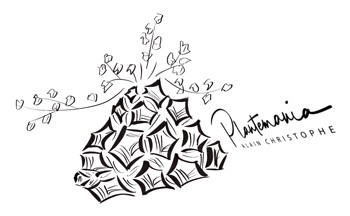Your cart
There are no more items in your cart
DIOSCOREA elephantipes
Author : Heinrich Gustav Adolf Engler 1908
Family : Dioscoreaceae
Habitat : South Africa
The elephant foot, Dioscorea elephantipes, is a perennial deciduous caudiciform vine belonging to the monocot yam family (Dioscoreaceae). The enlarged, exposed tuberous base is a water-storing organ, called a caudex . The caudex most often reaches a diameter of 60-90 cm, but sometimes 3 (or more) meter and is covered in tough armor-like plates. It produces a seasonal clinging growth up to 6 metres long. The leaves are heart-shaped. It bears small insignificant yellowish green flowers.
IN AUCTION SITUATION, first picture SHOW EXACTLY THE SENDING PLANT
Stunning specimen from seed. 15 years old. Diameter is 15 cm and 10 high. Pictures are not good but plant is very nice
OUR PLANTS ARE SENT WITH THE POT OR BARE ROOTS. PLEASE CONSULT OUR CONDITIONS OF SALE BECAUSE NO GUARANTEE IS GIVEN REGARDING THEIR RETURN. THEY ALSO TRAVEL AT YOUR OWN RISK, THE CARRIER YOU HAVE CHOSEN REMAINS RESPONSIBLE FOR THEIR DELIVERY. YOU MUST CONTACT HIM IN CASE OF A DELIVERY PROBLEM, WITH THE TRACKING NUMBER YOU HAVE RECEIVED.
CULTURE :
Exposition : lumineuse et ensoleillée mais ATTENTION de ne pas exposer le caudex en plein soleil, en plein été.
Température : minimum de 0°c (moyenne)(croissance mi-estivale et hivernale)
Sol : pas trop riche mais surtout bien drainé à base de pierre ponce (pumice) et de terreau du commerce ou que vous aurez confectionné.
repos, avec perte des feuilles et des tiges, entre avril et juillet










